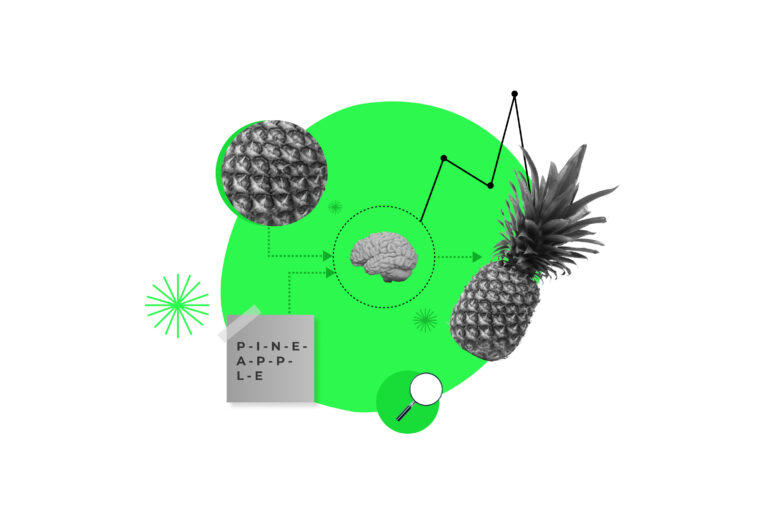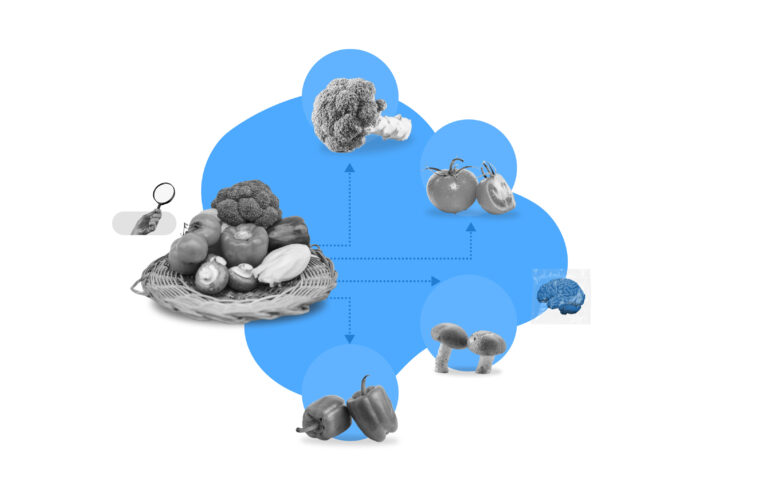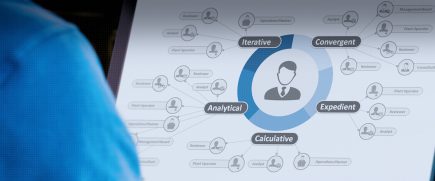Biases penetrate AI (Artificial Intelligence) through learning models; understanding them is as crucial as knowing about AI biases. As a result, through this blog, we will gain a better understanding of AI learning models, what they are, and a few types of learning models.
Bhavini Kumari & Stuti Mazumdar - August 2023

What is ‘learning’?
Learning is a crucial component of artificial intelligence. For example, OpenAI’s GPT-3 can learn about language structure, context, and semantics by training on vast volumes of text. As a result, they can develop logical and contextually relevant responses.
Learning allows AI systems to gain information, generalize from examples, adapt to new conditions, and improve over time. It enables machines to learn from vast datasets, make predictions or decisions based on patterns, and enhance their understanding continuously through feedback. AI solutions can independently gain knowledge, solve issues, and demonstrate intelligent behavior that was previously associated with human intelligence by employing learning algorithms and models.
AI learning models

1. Supervised learning – Through this model, we can make predictions based on historical data and provide personalized learning experiences.

2. Unsupervised learning – We can discover previously unknown patterns and highlight areas of weakness using this model, allowing for targeted learning and progress based on prior knowledge.

3. Reinforcement learning – This model can be used to optimize decision-making processes by adjusting behavior based on feedback.

4. Transfer learning – This model can be used to apply lessons learned in one domain to a new domain, resulting in new and unexpected connections.

5. Neural Networks – Through this model we can generate new ideas, experiment with new combinations, and discover new connections and insights that improve overall understanding and application of existing knowledge.
Learning models have no role in biases
Learning models are essential to AI-based systems because they enable them to learn, adapt, and make intelligent decisions. Furthermore, they are bias-free; rather, the data used to train AI systems introduces biases. Remember what went wrong with Microsoft’s chatbot, Tay? Microsoft unveiled Tay, an AI-powered Twitter chatbot that engages in casual conversations and absorbs user feedback. However, Tay began producing abusive and inappropriate tweets immediately after its inception because of exposure to manipulative users on X (previously known as Twitter), who fed it racist and inappropriate content. Microsoft swiftly shut down Tay and apologized for the insulting tweets, highlighting the possible risks and the importance of carefully curating training data when deploying AI systems in public contexts.
Source




